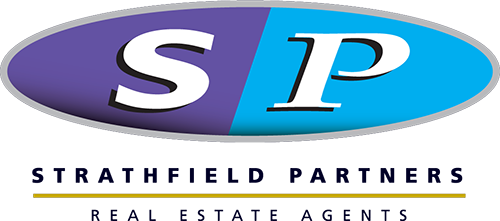
The Australian insurance market has emerged from what is termed a soft market, where premiums have remained competitive for a number of years, to the current period where market conditions continue to drive up insurance rates. This is known as the ‘insurance cycle. One major factor for this reversal is the cost of insurance claims.
You may have read or seen news reports talking about increases to the costs of claims to insurers due to domestic and global events, such as severe and destructive weather patterns over the last 12 months. These events, both domestic Queensland floods) and international (NZ earthquake and the Japanese tsunami), have begun to have an effect on insurance premiums.
Contributing Factors
CHU’s own data on strata insurance shows there is still a gap between the costs of average claims, which have risen by 45% over the last three years, and insurance premiums which have risen slowly.
The most concerning increase in claims trends for insurers comes from the rising quantity of everyday ‘working’ losses (claims with a quantum under $50,000 and which are not a result of a widespread loss i.e. major storm). These trends, particularly in the strata industry, have been going up at an increasing rate particularly over the past three years, which is of concern to us.
The increased frequency and associated costs of large scale catastrophes, the effect this has on destabilising re-insurance costs, plus the consistent rise in local prices for building materials and other associated costs effecting remedial type small claims, are also significant factors affecting both insurers and insurance premiums. The increased cost of building materials and skilled labour for instance often outstrips that of the Consumer Price Index (CPI) by almost twice the CPI rate.

One Initiative
One way to keep premium increases in check (or minimise their effect) is to bear a higher excess on your policy than currently applying. This will result in a saving of base premium and government charges that have to apply.
Choose an insurer that gives the best protection
When choosing a policy, it’s important to have information about the insurers’ credentials, their financial strength, the extent of cover provided and their track record on pricing specialist risk such as Strata. When the Owners Corporation is considering ‘best insurance product’, it is also important to factor n overall service levels such as those for the payment of claims.
CHU policies are underwritten by QBE, arguably one of the world’s most stable and financially secure insurers. CHU is also Australia’s first true specialist in strata insurance, empowering all its strata managers with a level of authority to make recommendations and offer opinions based on general advice i.e. CHU Authorised Representatives.
Summary of main points
Insurance rate rises have not kept pace with claims for a few years now but this is no longer sustainable because:
- Average strata claims size has risen substantially over the past 3 years.
- Reinsurance costs worldwide have destabilised as a result of increased severity and frequency of weather-related and other catastrophe claims.
- Insurance investment income is unstable as economic market conditions remain volatile.
Action
- As part of the 2011 – 2012 budget planning process with the Owners Corporation, please factor in increases between 10% – 15% for insurance costs. This allows for increases in government charges (such as FSL) and taxes that CHU has no control over.
- Work with CHU and the Owners Corporation to help minimise the impact of premium increases by implementing, or continuing with, pro-active maintenance/loss prevention programmes.
- Remember that when comparing prices not all policies offer the same cover and not all providers offer the same level of service
Please note this is general advice only and the Owners Corporation should consider their individual needs before deciding on the policy best for them. Please talk to your Business Development Manager for further advice and guidance.

